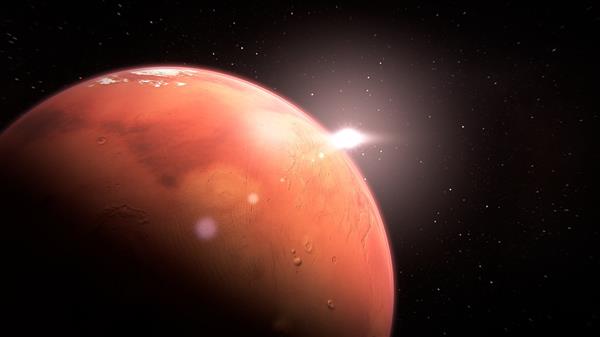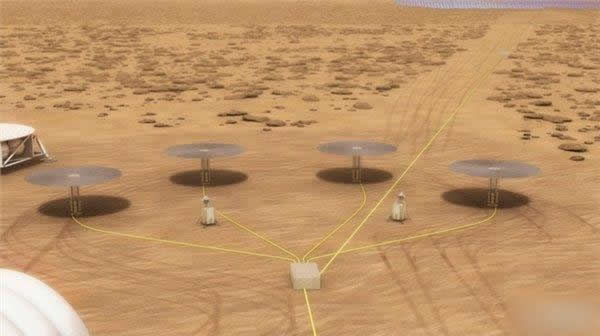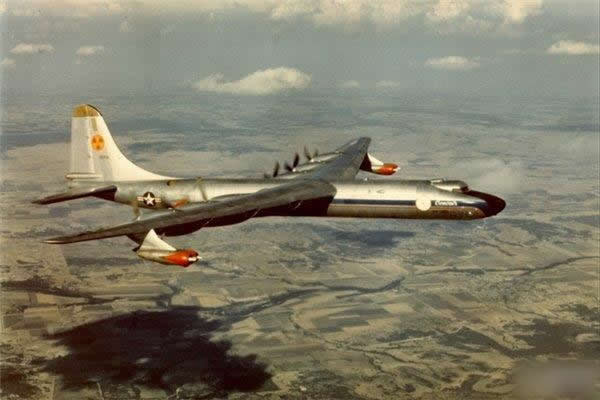In December last year, US President Trump signed the “Space Policy Directive No. 1â€, announcing that the United States will return to the Moon and eventually to Mars. The signing of the instructions is simple and difficult to implement. Even if Musk can implement spacecraft landing on Mars as planned in 2022, how to ensure energy supply after landing is another problem. Fortunately, NASA has successfully tested the Kilopower mini-nuclear reaction and will provide energy guarantees for future Mars missions. Kilopower is a mini nuclear reactor jointly developed by NASA, Los Alamore National Laboratories, and the Ministry of Energy. U235 is used as nuclear fuel, and its output power is between 1KW and 10KW, which is similar to today's space missions using solar panels and gas generators. However, power generation is not affected by the environment and there is no worry about the exhaustion of fuel. According to NASA's calculations, a Mars base needs to generate about 40 kW, as long as four or five Kilopower nuclear reactors can meet the demand. But to transport nuclear reactions to Mars 55 million kilometers away is not an easy thing, Kilopower must be light and small. Currently used nuclear reactors are based on the principle of fission. The energy conversion rate is very low, and most of the energy conversion heat is emitted. Therefore, nuclear power often uses water cooling as a cooling method, but bulky water-cooled equipment is obviously not suitable for space missions. Therefore, researchers have adopted new cooling methods. -Heat pipe. A large number of heat pipes are arranged around the Kilopower nuclear reactor. A part of the heat is used to drive the Stirling engine to generate electricity. The other part of the heat continues to reach the atmosphere through the heat pipe to the umbrella fins. In principle, Kilopower is very simple, but it must be ensured that the equipment can operate normally on nuclear radiation and average surface temperature of -63°C on Mars. NASA expects the total weight of the four Kilopowers will range from about 5.8 to 7 tons, which is the weight that the future launch vehicle can withstand. The current Kilopower test is progressing well and it is expected that a full power test will be conducted in March this year. Musk’s heavy falcon debut has been postponed several times. Mars is bound to land in 2022. Lockheed Martin's “Mars camp plan†is something that will happen 10 years later. It may be that when humans return to the moon when Kilopower is mass-produced, humans will return to the moon. NASA It is better to consider using Kilopower to rejuvenate a nuclear-powered aircraft. Supal(changzhou)Precision Tools Co.,Ltd , https://www.endmillpro.com

Kilopower nuclear reactor 
The Kilopower Deployment Imaginative Picture 
In the 1950s, the United States developed nuclear power aircraft NB-36H